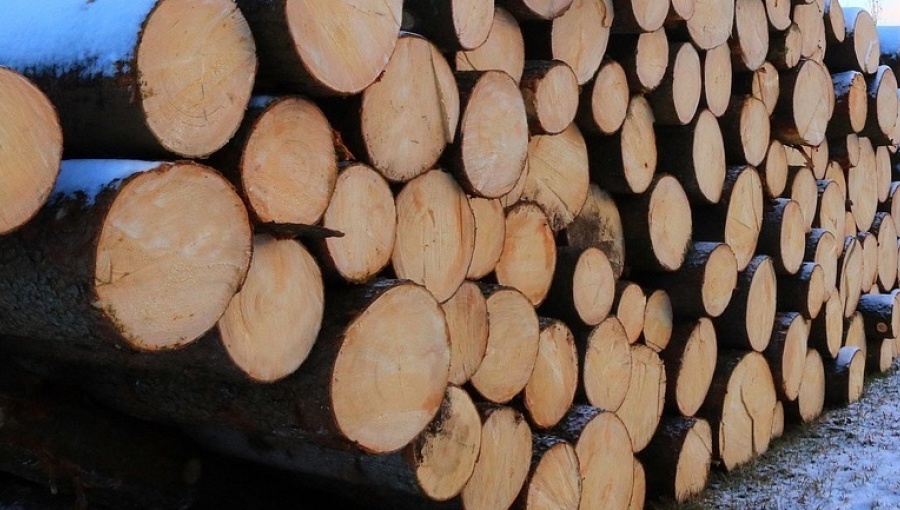Social justice should not be tokenistic but at the heart of global restoration efforts
University of East Anglia
Social justice must be at the heart of global restoration initiatives - and not “superficial” or “tokenistic” - if ecosystem degradation is to be addressed effectively, according to new research.
Led by researchers the University of East Anglia (UEA) the study sought to explore what can make restoration effective for people and nature. Publishing their findings today in Nature Sustainability, they argue that placing social justice at the centre of restoration practice remains vital to success, with ecological targets aligned to local social, economic and cultural ones.
Around the world, almost all kinds of ecosystems have been degraded and converted, eroding both the biological and cultural foundations of human wellbeing. It is estimated that 3.2 billion people have already been adversely affected by land degradation and there are growing concerns for the future food security of all.
This crisis has driven pledges, funding and programs for wide-scale ecological restoration, often as part of biodiversity and climate policy.
The team, led by Prof Adrian Martin, Dr Neil Dawson and Prof Iokiñe Rodriguez of UEA’s School of Global Development, reviewed the published literature on restoration in theory and case studies of practice worldwide. They found a need to reflect on, and reframe how, restoration is defined and implemented.
“In the face of the climate and biodiversity crisis, global targets for the restoration of degraded lands have become ever more ambitious and urgent,” said Prof Martin. “Whilst placing justice at the heart of restoration practice is increasingly accepted, there is an unfortunate tendency to address justice in superficial ways, through tokenistic forms of participation and benefit-sharing.
“Restoration projects are often very short-term and ecologically focused. Many different initiatives are being labelled restoration and it is often assumed all must be doing good, but the core focus tends to be ensuring in the short term that the ecosystem is restored in some way - replanted, reforested, rewetted, species reintroduced etc.
“We know from many years of experience that externally led forms of conservation can have negative impacts on communities, so safeguarding rights, securing land tenure, ensuring consent and protecting cultural identity is important.”
The UN Decade on Restoration 2021-2030 - which has influenced pledges to restore a billion hectares of degraded land - and other major programmes have principles for engaging local communities and providing fair benefits, with projects often including incentives or compensations such as resources and training for alternative livelihood options.
However the team, which included researchers at the IUCN Commission on Environmental, Economic and Social Policy, Queen Mary University of London and the University of Sheffield, found there is a significant gap between what is considered good practice in global guidelines and what is happening on the ground.
There is growing evidence that this inadequate attention to social dimensions is undermining ecological outcomes, while major global reviews have consistently found that restoration is more successful where governance is based around local institutions and leadership.
Based on the results of their analysis, the authors propose a categorisation of the extent to which justice is integrated into restoration practice, from shallow to deep forms of engagement.
Specifically, they say designing and implementing transformative restoration projects requires a reorientation of focus to the relationships, knowledge systems and structures that are foundational to restoration practice. There should be increased attention to revitalising communities, their knowledge and institutions and ensuring their stewardship is central to more holistic and long-term thinking and approaches.
Prof Rodriguez said: “Success will depend on how implementation programmes are designed and, in particular, whether ecological targets are aligned with local social, economic and cultural ones.
“We are concerned that progress made in gaining global commitments, securing billions in funding, and developing ecological know-how has not been matched by progress in how to meaningfully incorporate social justice into restoration practice.
“Too often there is a superficial consideration of justice, creating unjust interactions and outcomes which impede the effective long-term restoration and protection of both nature and human wellbeing.
“However, there are increasing numbers of ‘bright spots’ of just and transformative restoration, many involving Indigenous Peoples, and these case studies provide evidence of what works and illustrate how deeper justice leverage points are actionable in practice.”
The authors cite the successful example of kelp forest restoration initiatives in the Haida Gwaii archipelago of British Columbia. This saw external conservation scientists working with local communities to identify Indigenous values of nature, then adapting the design of the intervention to focus on local norms such as respect, responsibility, interconnectedness, balance and seeking wise council.
'Towards just and transformative social–ecological restoration’, Adrian Martin, Neil Dawson, Iokiñe Rodríguez, Rajanya Bose and Isabel Cotton, is published in Nature Sustainability on December 12.
Journal
Nature Sustainability
Article Title
Towards just and transformative social–ecological restoration
Article Publication Date
5-Dec-2025
